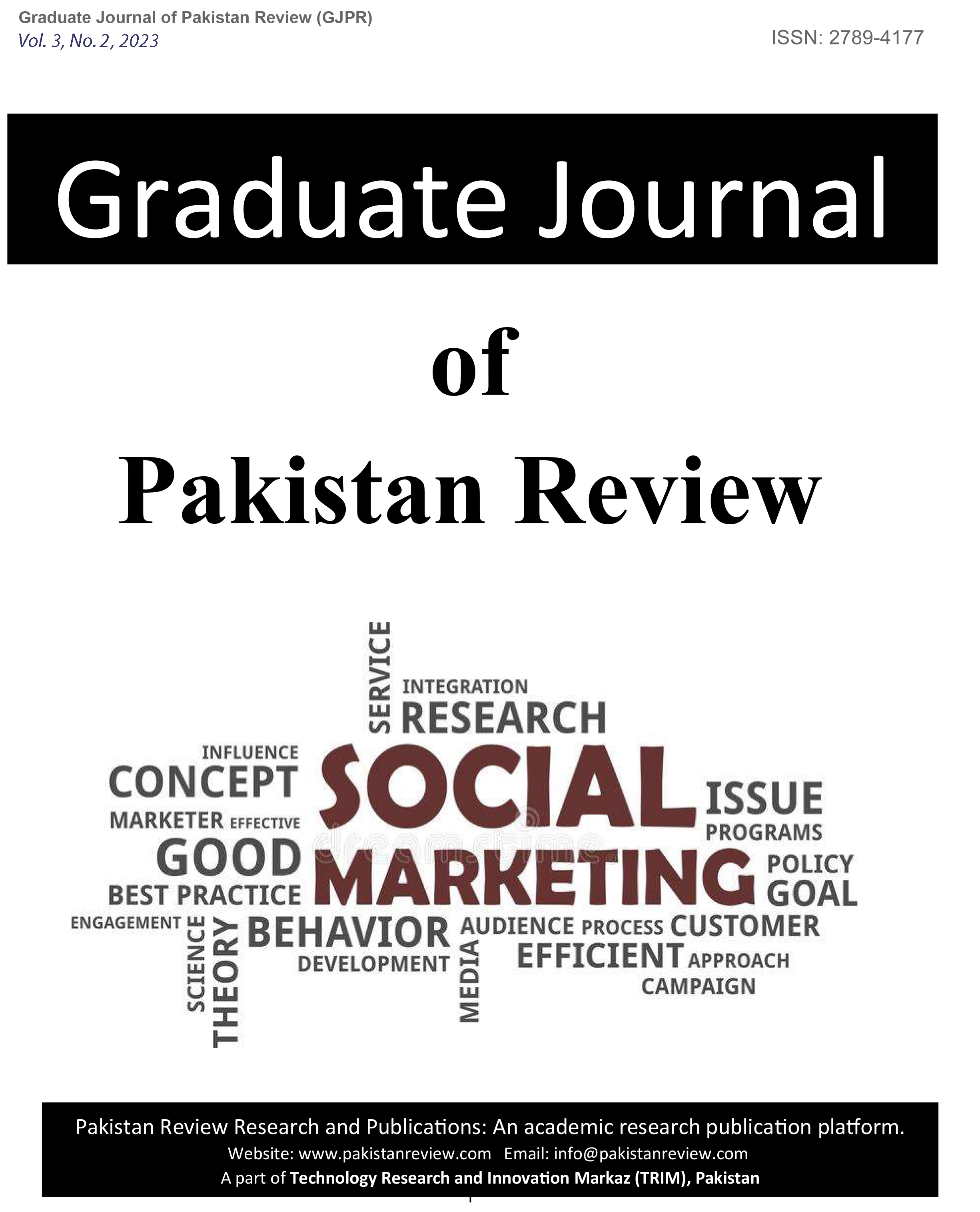Libya After the Arab Spring: A Story of Chaos and Conflict
Keywords:
Arab spring, Libya situation, Muammar Ghaddafi, post-Arab springAbstract
This research article examines the post-Arab Spring era in Libya and the complex challenges that have emerged since the popular uprising that led to the overthrow of former leader Muammar Ghaddafi in 2011. Drawing on a range of secondary sources, the article analyzes the factors that have contributed to the ongoing conflict, fragmentation, and instability in the country. The research explores the roles played by various actors, including political elites, militias, foreign powers, and extremist groups, in shaping the post-revolutionary landscape. The article also considers the impact of the conflict on the Libyan people, including the humanitarian crisis, displacement, and human rights violations. Overall, the research provides insights into the complex dynamics of post-Arab Spring Libya and the challenges facing the country as it struggles to build a stable, democratic, and inclusive political system.
Downloads
Published
Issue
Section
License
Submission Declaration
Authors retain the copyright to their work and grant the Graduate Journal of Pakistan Review (GJPR) the right of first publication under a Creative Commons Attribution 4.0 International (CC BY 4.0) license. This license permits others to share, adapt, and redistribute the work for any purpose, including commercial use, as long as appropriate credit is given to the original authors and the journal.
By submitting a manuscript, authors confirm that the work has not been published previously (except as an abstract, lecture, or academic thesis), is not under review elsewhere, and has been approved by all authors and relevant authorities. Once accepted, the article will be openly accessible under the CC BY 4.0 license, allowing wide dissemination and reuse with proper attribution.





